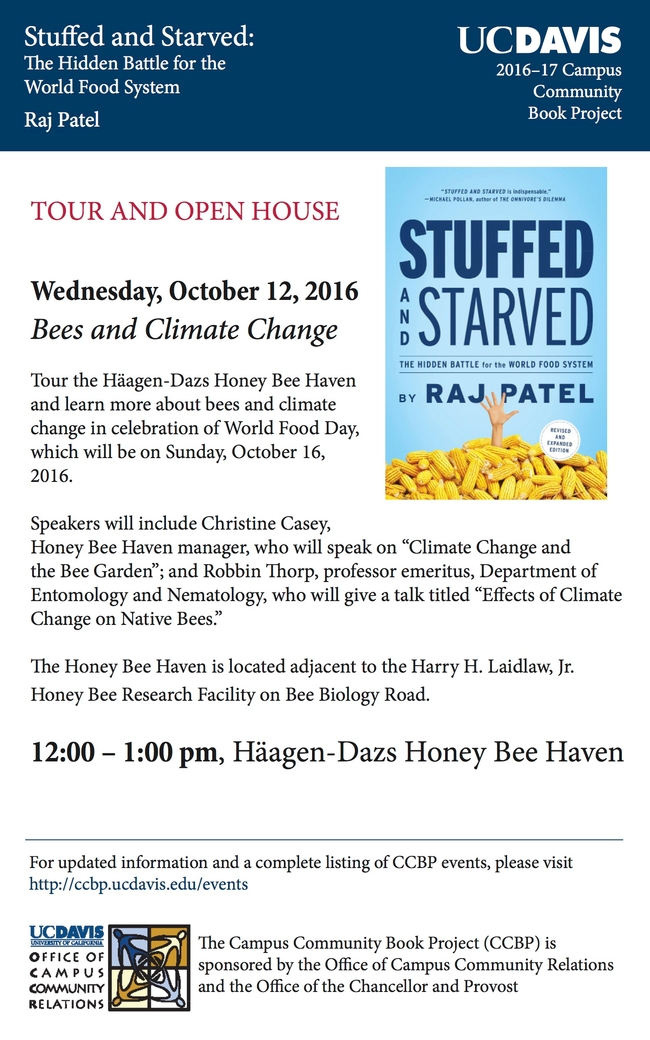- Author: Christine Casey
One great plant that's often overlooked as a choice for the bee garden is flannel bush -- also referred to as California fremontia -- (Fremontodendron californicum). While the species is sometimes available, you're more likely to find one of the cultivars. Look for this plant at specialty nurseries or well-stocked independent garden centers. The species and its cultivars 'California Glory', 'Pacific Sunset', and 'San Gabriel' are quite large, reaching up to 20 feet in height. The cultivar 'Ken Taylor' is more manageable for a small garden; 'Ken' will reach up to six feet tall and 10 feet wide but can be kept smaller with pruning.
Here's why flannel bush makes a great choice for the California (Sunset zones 4-24) bee garden:
1. It's an attractive, eye-catching plant. The large, 3-inch wide flowers cover this plant at peak bloom. You may have noticed large plants along California highways that are covered in yellow flowers come springtime. That's flannel bush...from California Native Plants for the Garden: "A California fremontia in full bloom is an unforgettable sight." This plant was photographed at the Old City Cemetery in Sacramento.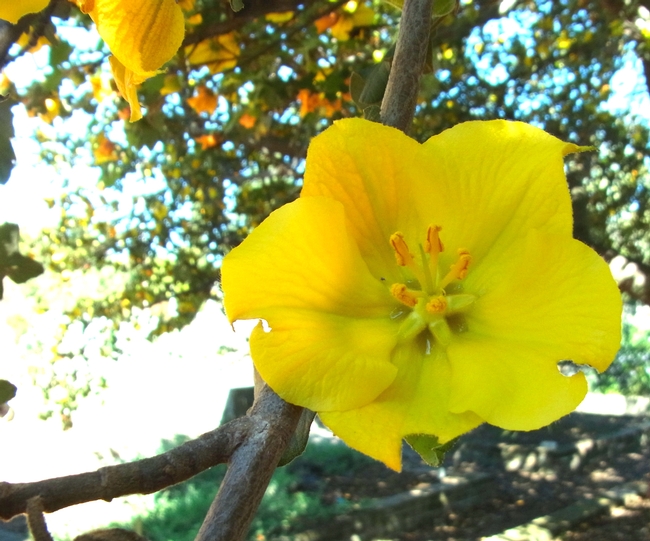
2. Going low water? Flannel bush needs NO summer water, in fact summer water is HARMFUL to this plant. Like many of our California natives, it evolved in hot, dry areas in the absence of the root diseases that are favored by warm, wet conditions. It thus has no defenses against these diseases.
3. Fast growing. Flannel bush grows quickly; you'll have lots of bloom by the second year after planting. This also makes it a good candidate for an espalier. The best cultivars for this are 'California Glory' and 'San Gabriel'. This photo of 'Ken Taylor' was taken one year after planting, at which point is was already about 4 feet across. This cultivar, which is a cross of the Sierra foothills species Fremontodendron californicum decumbens and 'California Glory', has a prostrate form that looks nice on a bank orberm. This is also a great way to provide the excellent drainage this plant needs. Another small (3 feet tall by 6 feet wide) flannel bush is 'Dara's Choice', which was introduced by the Santa Barbara Botanic Garden. It is a cross between Fremontodendron californicum decumbens and Fremontodendron mexicanum. 
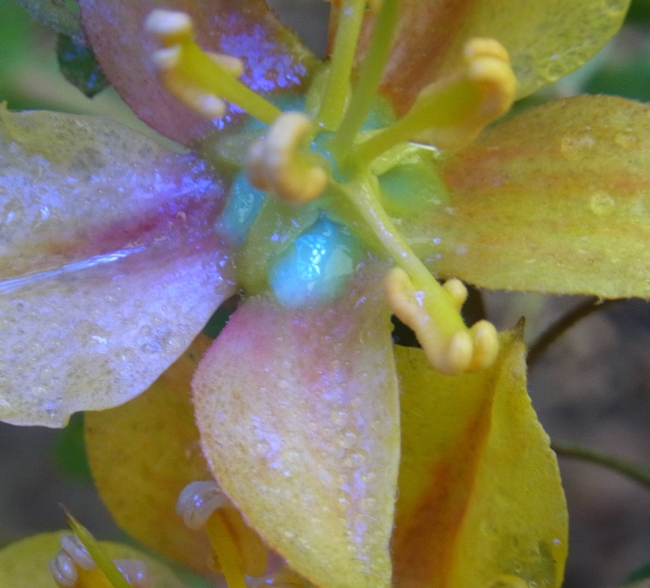
4. Fun fact for plant nerds....flannel bush nectar fluoresces blue under UV light. Amaze your friends and family with this neat trick! This was first observed by UCD Entomology's own Robbin Thorp many years ago (Thorp, RW et al. 1975. Science (189): 476-478). This property has been observed in many plant nectars and is thought to provide a visual cue to foraging bees (remember that bees see in the UV spectrum).
5. Flannel bush nectar is nutritious. It is rich in isoflavenoids, which may have antimicrobial properties helpful to bees (Scogin, R. 1979. Bot. Gazette (140): 29-31).
We have Fremontodendron californicum and the hybrid 'Ken Taylor' at the Haven. There are also several nice specimens at the UC Davis Arboretum. This plant is at its best in early spring. One note of caution: some people are irritated by the small hairs that cover its leaves. Plan on wearing gloves and long sleeves when pruning.
- Author: Christine Casey
Central California's mild winters mean we can grow our state's specialty crops year-round. Tasty, nutritious, and easily-grown, fava beans are a winter crop that feeds both us and honey bees. Favas, like the honey bees that pollinate them, are native to the Mediterranean region. Since honey bees are active when it's sunny and temperatures are above 55 degrees, there will be ample pollination in our mild winters. Recent research by Bishop et. al (Agriculture, Ecosystems & Environment; 2016. 220:89-96) suggests that fava plants become more dependent on insect pollination as temperatures increase. Thus bee pollination may play an increasingly important role in production of this crop as our climate changes.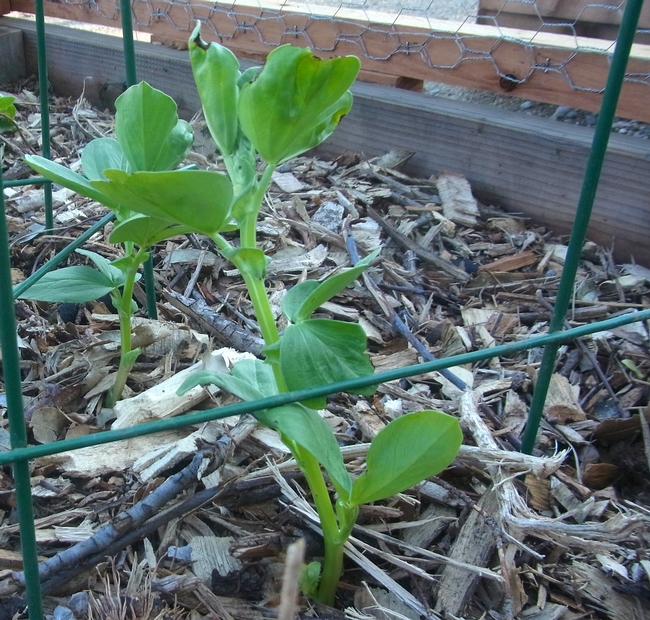
How to grow: Fava plants may be found at some garden centers, but it's much easier to locate and purchase seeds. They germinate quickly and are also a great project for children who are learning to garden. If started now, beans should be ready to harvest in February or March; you'll also find them at farmer's markets at that time. 
Pests: Bean aphids (Aphis fabae) may infest fava beans as they mature. These do not affect yield; wash these off with water. UC IPM has more detailed information on biology and management guidlines.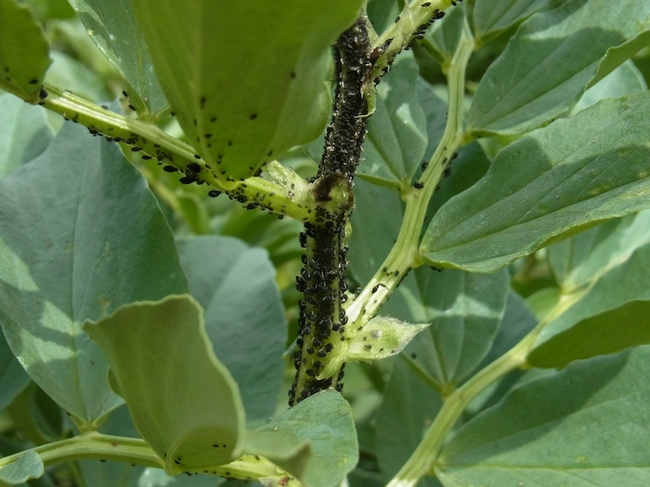
Nutrition and recipes: Fava beans (Vicia faba) are full of nutrients and a great source of fiber and lean protein. Favas may be eaten raw by taking them out of the pod and removing the outer coating, otherwise they should be cooked. This recipe for fava bean pesto from the Food Network utilizes basil, another great, easy-to-grow bee plant. 
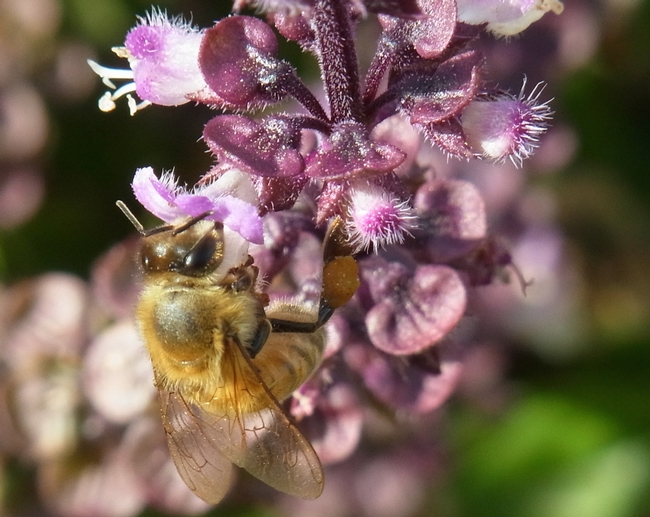
The UC Cooperative Extension Small Farms Program has a page on favas with more information about growing, nutrients, and economics. Both basil and fava beans are important to the state's specialty crop economy. California leads the US in herb production, and in coastal California, which is the center of the state's fava production, the San Mateo County fava bean crop was valued at $1.8M in 2015 (California Agricultural Statistics Review, 2015).
Cautions: fava beans contain oxalic acid, a naturally-occurring substance found in some vegetables. It may crystallize as oxalate stones in the urinary tract in some people, so anyone with known oxalate urinary tract stones should avoid fava beans.
Favism is a rare inherited disorder most common in people of southern European origin. They have an enzyme deficiency that causes a reaction when they eat fava beans are eaten or are exposed to fava pollen. They may develop hepatitis or flu-like symptoms.
- Author: Christine Casey
Welcome. This blog will provide updates and information on the project, "The ART of the Specialty Crops and Pollinator Connection", which is based at the Häagen-Dazs Honey Bee Haven located at UC Davis. Haven scientists Christine Casey and Elina Niño are leading the project; thanks go to the California Department of Food and Agriculture for funding.
ART = awareness, relevance, and training. California leads the nation in production of specialty crops; these crops depend on bee pollinators. Our first goal is to promote awareness and relevance of the specialty crop-pollinator connection to the public, including creating pollinator habitat in food gardens. We'll couple this with programs about growing and cooking food to reinforce the link between healthy bees, nutritious food, and healthy people.
Our second goal is to train other educators to expand our outreach. We're especially excited about establishing our "Bee Cam" that will allow live streaming of bee-flower interactions.
You can also follow us on Facebook to learn more about this project and its activities.
- Author: Christine Casey
One of the most popular The Bee Gardener posts to date was published on November 10, 2014 in honor of Veterans Day. Since that publication, we've added lots of red, white, and blue flowers to the Honey Bee Haven; beekeeping programs to help vets have proliferated as well. Today's post covers some of the additions.
Both bees and veterans work hard and make contributions that many of us take for granted. In recognition of their service, some agricultural and beekeeping organizations provide support to veterans who would like to make beekeeping their profession. These include:
USDA-ARS: Putting Honey Bees to Work for Veterans
Bee Veterans, based at the University of Minnesota's Bee Lab
West Virginia Veterans and Warriors to Agriculture
Facebook: Bees for Vets
A red,white, and blue bee garden is a great way to honor a vet. Although bees do not see red, they will use red flowers. The flower color 'blue' can be anything from a true blue to purple, while the color 'red' often includes orange and pink tones. A complete list of plants in the Honey Bee Haven, including information on water use and pollen and nectar resources, is here.
| Common Name | Color | Bloom time |
| Aster (many cultivars; see our post) | Blue | Fall |
| Bottlebrush | Red | Spring-summer-fall |
| Calamint | White | Spring-summer-fall |
| California buckwheat (see our post) | White | Summer-fall |
| California fuchsia | Red | Fall |
| Catmint (many cultivars) | Blue | Spring-summer-fall |
| Ceanothus (many species and cultivars; see our post) | Blue | Winter-spring |
| Coneflower 'Powwow White' | White | Summer |
| Honeywort | Blue | Winter-spring |
| Lavender (many species and cultivars) | Blue | Winter-spring-summer |
| Manzanita (many species and cultivars; see our post) | White | Winter |
| Russian sage (many cultivars) | Blue | Summer-fall |
| Texas ranger | Blue | Summer-fall |
| Toyon | White | Spring |
| Yarrow 'Calistoga' | White | Spring-summer |
Here are some of the red, white, and blue flowers you'll see at the Haven during the winter:
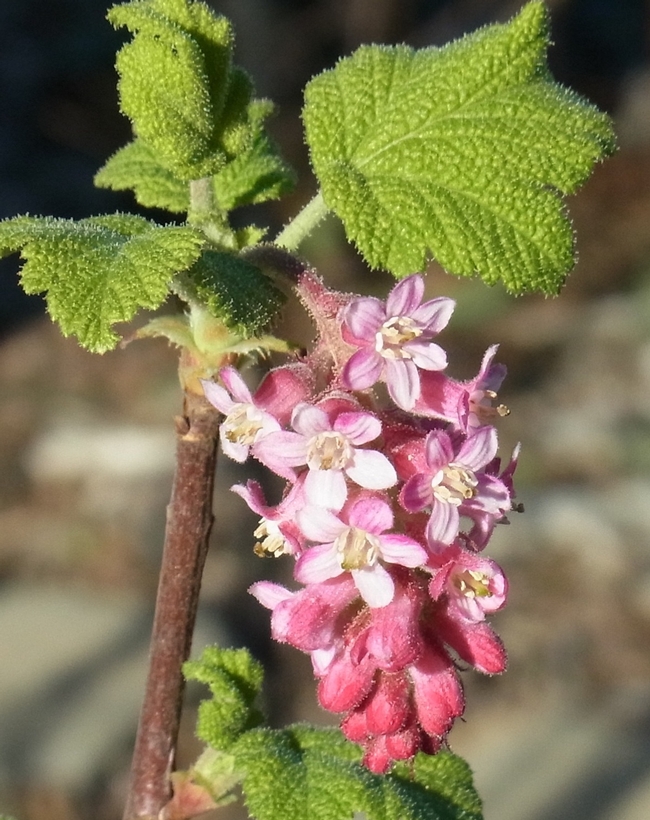
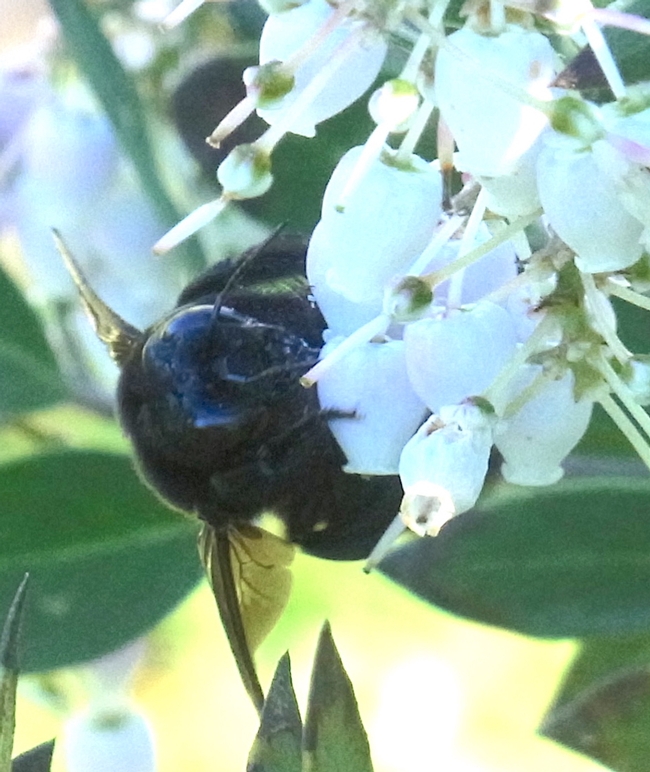
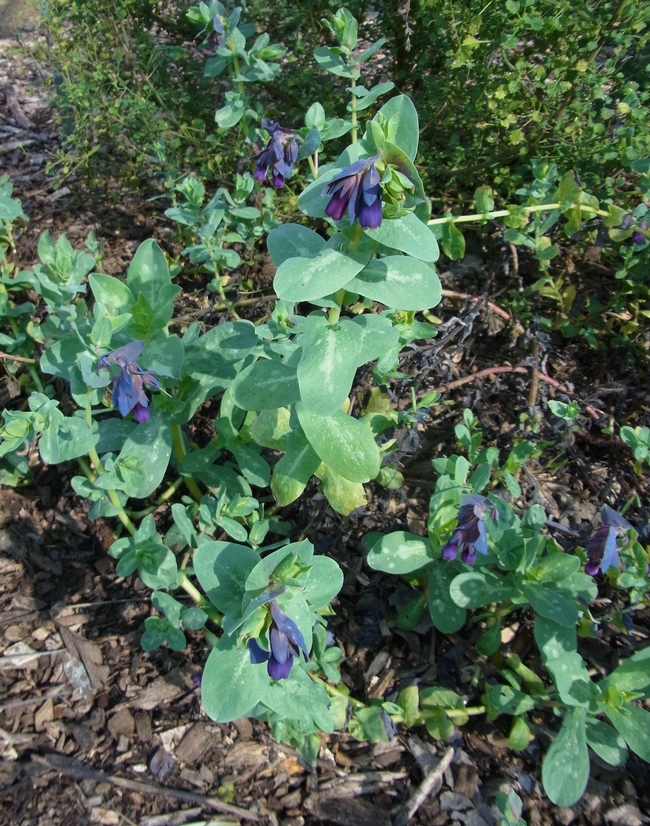
- Author: Christine Casey
Join us at the Haven at noon on October 12 for a discussion about bees and climate change. Part of the UC Davis Campus Book Project discussion series, our event features two presentations. This year's book -- Stuffed and Starved -- is about the world's food system. What could be more relevant to a discussion about food than bees?
Native bee expert Robbin Thorp will talk about how climate change might affect the synchrony between solitary bees and their host plants, and Haven program representative Christine Casey will discuss making bee gardens resilient to climate change.


